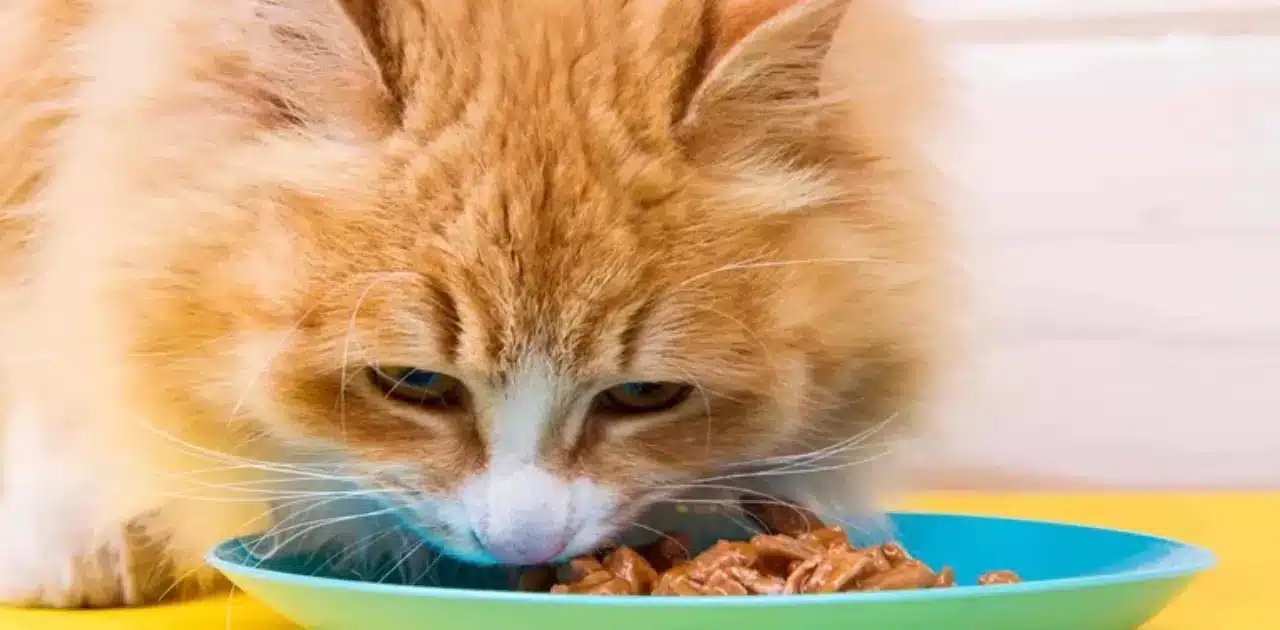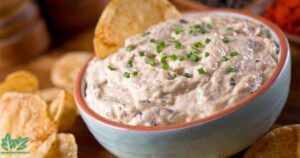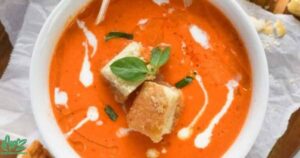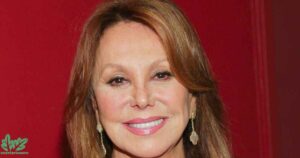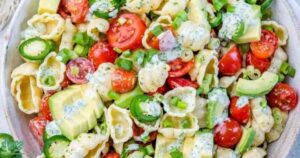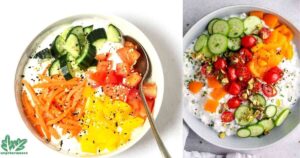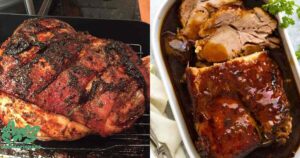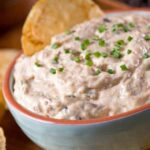Feeding your cat the right amount of wet food is essential for their health. Overfeeding can lead to obesity which is a common issue among cats. It is important to understand how to measure and control their portions properly.
Overweight cats face many health risks including heart problems diabetes and liver disease. By managing their diet you can help prevent these issues. Calculating the correct amount of food is a key part of keeping your cat healthy.
Consulting your veterinarian is the first step. They can provide personalized advice on your cat’s dietary needs. With their guidance, you can ensure your cat stays fit and healthy.
Factors That Affect How Much to Feed Your Cat
When determining how much to feed your cat, several factors come into play. Understanding these can help you make the best dietary choices for your feline friend.
Factors That Affect How Much to Feed Your Cat:
- Age: Kittens, adults, and senior cats have different nutritional needs.
- Weight: Overweight and underweight cats require different portion sizes.
- Activity Level: Active cats burn more calories and may need more food.
- Health Status: Cats with health issues might need special diets.
- Breed: Some breeds have higher metabolism rates and different dietary needs.
- Spaying/Neutering: Neutered cats often have lower energy requirements.
- Type of Food: Caloric content varies between different wet food brands and recipes.
- Feeding Schedule: Frequency of meals can influence the total daily amount needed.
- Individual Metabolism: Each cat’s metabolism can affect how much food they need.
By considering these factors, you can tailor your cat’s diet to their specific needs. Ensuring the right amount of food will help keep your cat healthy and happy.
Also read this: When Can I Eat Solid Food After Tooth Extraction.
How many times should a cat eat each day?
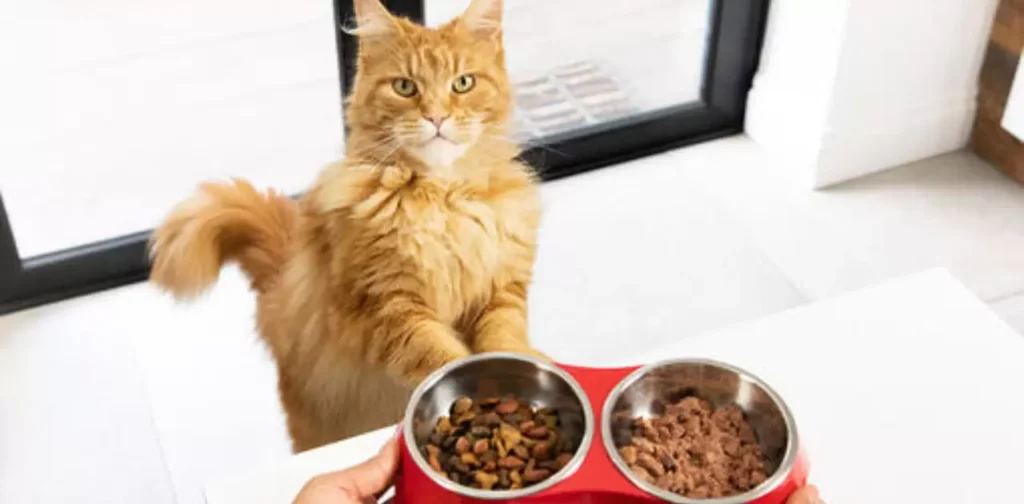
Cats generally do best with multiple small meals throughout the day. Feeding at least twice daily is recommended. This helps regulate their metabolism and energy levels.
Some cats benefit from three or more meals daily. More frequent, smaller portions can prevent overeating and weight gain. Discuss the best feeding schedule with your veterinarian.
Consider your cat’s age health and activity level. Kittens might need more frequent meals while adults can manage with fewer. Adjust the feeding schedule based on your cat’s specific needs.
How much wet food should you feed a kitten?
Kittens have high energy needs due to their rapid growth. They require more frequent meals than adult cats. Typically feeding them three to four times a day is recommended.
The amount of wet food needed depends on the kitten’s age and weight. On average, a kitten might need around one can (3 ounces) of wet food per pound of body weight daily. Always check the food label for specific feeding guidelines to ensure your kitten gets the right amount of nutrients.
Consult your veterinarian to tailor the feeding plan to your kitten’s needs. They can provide personalized advice based on your kitten’s health and development. Proper nutrition is essential for a kitten’s growth helping them become healthy and strong. By providing the right amount of wet food you support their development and set the foundation for a healthy life.
How Much to Feed a Cat Chart?
A feeding chart can help you determine the right amount of food for your cat. These charts are usually based on the cat’s weight and activity level. They provide guidelines for both wet and dry food.
For example, a 10-pound cat may need about 200 calories per day. If using wet food, check the label for the calorie content per can. Divide the total daily calories by the calories in each can to find out how many cans to feed.
Always adjust portions based on your cat’s specific needs. Monitor their weight and health regularly. Consult your veterinarian to ensure the feeding chart meets your cat’s individual requirements.
Also read this: Taco John’s Breakfast Hours Unveiled (2024).
How Much Wet Food Does Your Cat Need?
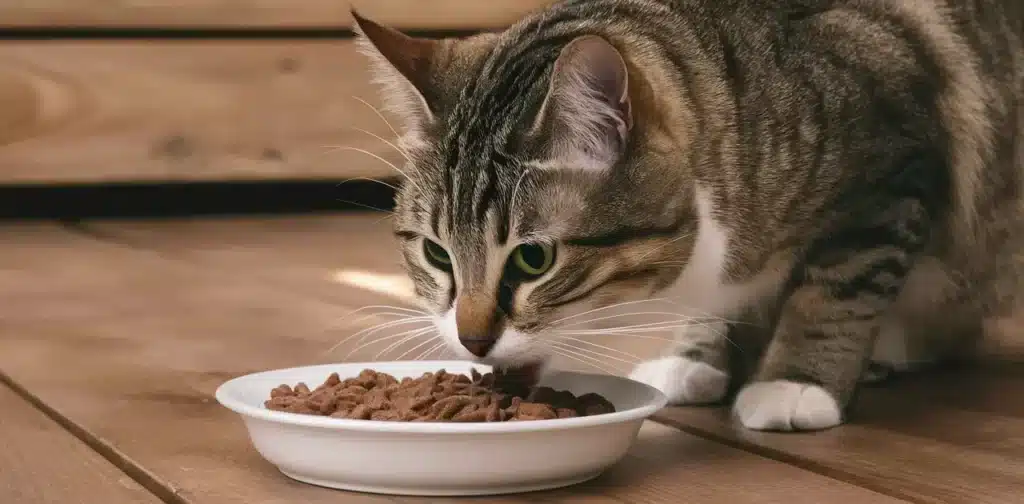
Determining the right amount of wet food for your cat depends on several factors. These include their age, weight, activity level and overall health.
As a general guideline adult cats typically require about 24 to 35 calories per pound of body weight per day. You can calculate the amount of wet food needed based on the calorie content listed on the food label.
Consulting with your veterinarian is crucial for personalized advice. They can help assess your cat’s specific needs and recommend an appropriate feeding plan. Adjusting portion sizes based on your cat’s individual requirements ensures they receive the right amount of nutrition for optimal health.
Why Do Cats Need Wet Food?
Wet food provides essential moisture that cats need to stay hydrated. Since cats have a low thirst drive they often do not drink enough water especially if they eat dry food only.
The high moisture content in wet food can help prevent urinary tract issues and kidney problems. It also supports healthy digestion and can be beneficial for cats with dental issues or those prone to obesity.
Wet food tends to be more palatable for cats, making it easier to ensure they eat enough and get the nutrients they need for overall well-being.
Feeding Wet and Dry
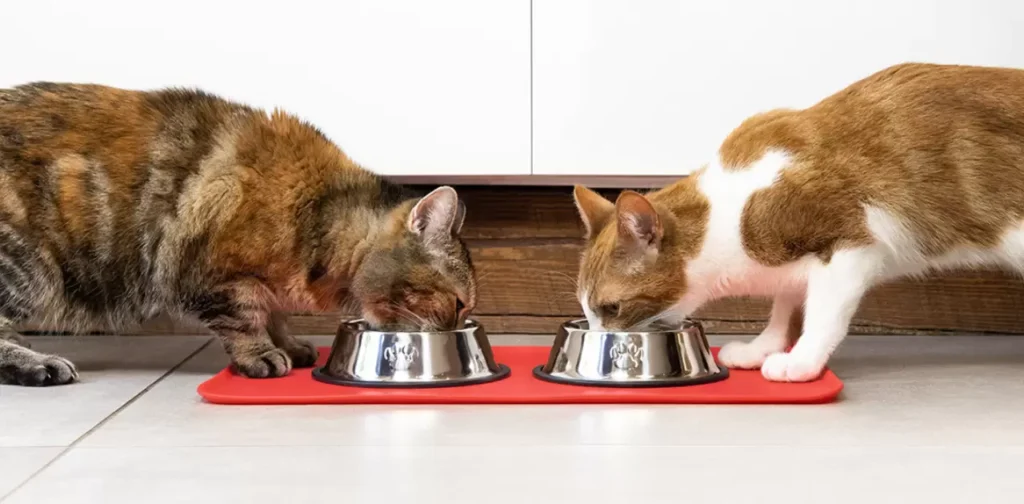
Feeding a combination of wet and dry food can offer several benefits for your cat’s health. Wet food provides essential moisture which helps keep your cat hydrated especially if they don’t drink much water on their own.
Dry food on the other hand can help maintain dental health by reducing plaque and tartar buildup. It also tends to be more convenient and cost-effective for pet owners.
By incorporating both wet and dry food into your cat’s diet you can provide a balanced nutrition and variety in flavors and textures keeping your cat both happy and healthy.
Guidelines in Food
When feeding your cat, follow these guidelines to ensure their nutritional needs are met. First, consider your cat’s age, weight and activity level to determine the appropriate amount of food.
Next, choose high-quality cat food that provides a balanced diet, wet, dry or a combination of both. Look for options that contain real meat and are free from artificial additives.Monitor your cat’s weight and adjust their food intake accordingly.
Regular veterinary check-ups can help ensure your cat stays healthy and receives any necessary dietary adjustments. Following these guidelines will help support your cat’s overall well-being and longevity.
Frequently Asked Questions
How much wet food should I feed my cat a day?
The amount of wet food to feed your cat per day depends on factors like their weight, age and activity level. As a general guide, most adult cats require about 24 to 35 calories per pound of body weight per day, but consulting with your veterinarian for personalized advice is recommended.
How much wet food should I feed my cat kg?
For a cat weighing 4.5 kg, they typically require around 200-300 calories per day from wet food, depending on their activity level and health status. It’s best to consult with your veterinarian for precise guidance tailored to your cat’s needs.
Is 2 pouches of cat food enough?
Whether 2 pouches of cat food are enough depends on the size and calorie content of each pouch, as well as your cat’s specific nutritional needs. It is best to follow feeding guidelines based on your cat’s weight age and activity level, as recommended by your veterinarian.
Can I overfeed my cat wet food?
Yes, it’s possible to overfeed your cat with wet food, which can lead to obesity and other health issues. It’s important to measure portions according to your cat’s weight, age, and activity level, following feeding guidelines provided by your veterinarian.
How often should I feed my cat wet food?
Most cats do well with two to four small meals of wet food per day but consult your vet for personalized advice.
Is wet food better for cats than dry food?
Wet food can be beneficial for hydration and digestion but both wet and dry food can provide essential nutrients in a balanced diet.
Conclusion
Determining the right amount of wet food to feed your cat is essential for their overall health and well being. Considering factors like age, weight and activity level helps ensure your cat receives the appropriate nutrition.
By following feeding guidelines and consulting with your veterinarian, you can create a feeding plan tailored to your cat’s specific needs. This includes monitoring their weight and adjusting portions as necessary to maintain a healthy weight.
Providing a balanced diet of high quality wet food along with proper portion control, contributes to your cat’s longevity and happiness. Your veterinarian is your best resource for personalized advice on your cat’s dietary requirements.

Ethan Henry with 8 years of expertise in bamboo, excels in sustainable design, construction and product development. His passion for eco-friendly solutions has driven innovative advancements in bamboo-based industries.
